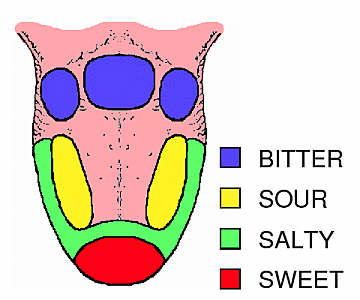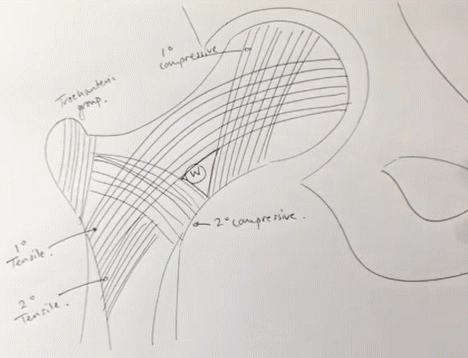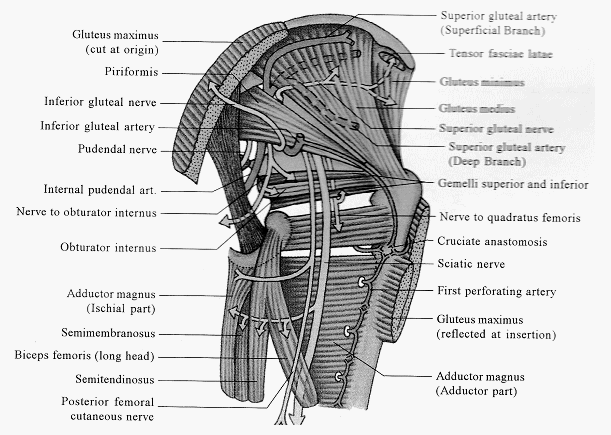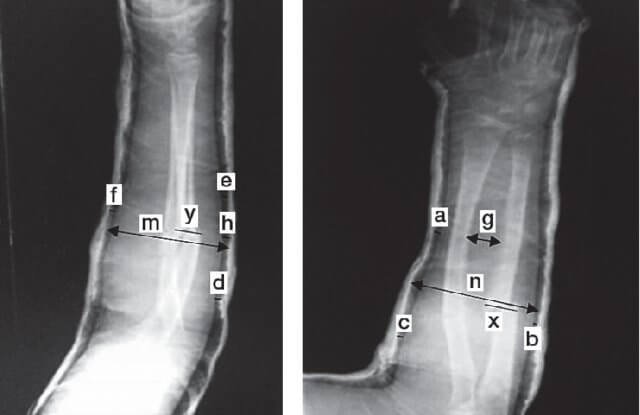Muscles
| Intrinsic | Extrinsic |
| Alter the shape of tongue | Attaches tongue to the bone |
| Mnemonic: VIST | Mnemonic: Paris St. German Hour |
| 1. Vertical | 1. Palatoglossus (Palate) – anatomically a pharyngeal muscle |
| 2. Inferior longitudinal | 2. Styloglossus (Styloid) |
| 3. Superior longitudinal | 3. Genioglossus (Genial tubercle of mandible) |
| 4. Transverse | 4. Hyoglossus (Hyoid) |
All the intrinsic and extrinsic muscles are supplied by hypoglossal nerve (CN XII) except Palatoglossus which is supplied by the pharyngeal plexus (CN IX, CN X and sympathetics).
Genioglossus protrude tongue and if paralyzed will fall back on the oropharynx and block the air passage.
Sensory nerve supply
| Nerve supply | Anterior 2/3 | Posterior 1/3 | Posterior-most (Vallecula) |
| Sensory | Lingual (CN V3) | CN IX | CN X (Internal laryngeal) |
| Taste | Chorda tympani (CN VII) | CN IX | CN X (Internal laryngeal) |
| Development of epithelium | 1st arch | 3rd arch | 4th arch |
Mnemonics:
- Anterior 2/3 has 2 nerve supplies
- Posterior 1/3 has 1 nerve supply
- Mirror image of “P” resembles “9”
Lymphatic drainage
All parts have Bilateral drainage except Lateral portions of Anterior 2/3 of tongue.
- Tip: Bilateral submental lymph nodes
- Anterior 2/3:
- Lateral: Ipsilateral submandibular lymph nodes
- Central: Bilateral inferior deep cervical lymph nodes (Jugulo-omohyoid)
- Posterior 1/3: Bilateral superior deep cervical lymph nodes (Jugulo-digastric)
Final drainage: Jugulo-omohyoid nodes (known as lymph nodes of tongue)
Blood supply
Arterial supply: Lingual artery (branch of ECA)
Venous drainage: Lingual vein (drains into IJV)




